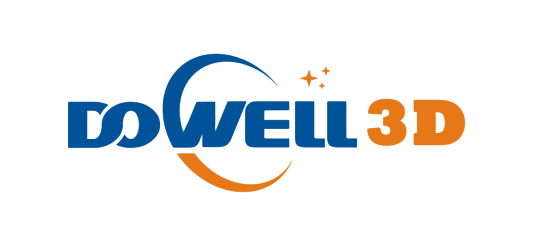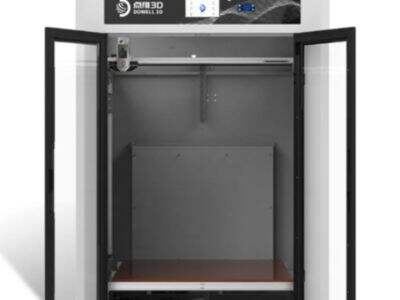If you are new to 3D printing, you will discover that finding the right software for your 3D printing is no easy task. But thanks to Dowell 3D, it is possible to find the best software solutions designed for FDM and FGF 3D printing. Read this article to discover the useful software tools that will make your 3D printing smooth, easy and enjoyable.
Understanding FDM and FGF 3D Printing FDM = Fused Deposition Modeling/FGF = Fused Granule Fabrication/FDM = Fused Deposition Modeling/FGF = Fused Granule Fabrication.
FDM (Fused Deposition Modeling) and FGF (Fused Filament Fabrication) types of 3D printing methods are widely successful today.
FDM = Fused Deposition Modeling This is by far the oldest technology, and it builds up your end shape by having a very special nozzle that deposits layer upon layer of material. It’s kind of like using a glue gun, where the material comes out in a thin line and hardens when it cools.
FGF, on the other hand, employs a motor that pushes the material into a heated chamber. In this chamber, the material is melted and then extruded through a nozzle, like icing on a cake, to form the final object.
Each method has its own set of pros and cons. On the whole cost-wise, FDM 3D printing is cheaper and more accessible for novice users. It’s useful for creating small- to medium-sized objects. FGF has the ability to create bigger parts and may be robust, but it is a more challenging process and typically priced at a premium compared to FDM.
Software Best for FDM and FGF 3D Printing
No matter which method of 3D printing you employ, the right software can make the printing process much easier. With the right software, you can design and manufacture your objects more easily. Following are some of the top software choices for FDM and FGF 3D printing:
Cura: A proprietary tool that is made for FDM 3D printing and compatible with almost all of the 3D printers on the market. It’s easy to use and has lots of supportive features, including a concept called automatic slicing, which is basically the program cutting your design into individual layers for you. It also has customizable support structures and a large selection of print profiles.
Simplify3D — This is another great option for FDM 3D printing. It has numerous advanced features, which enables you to make great quality prints. Compatible with a wide range of 3D printers, it lets you slice and print even complex designs with relative ease.
6- PrusaSlicer: It custom for FGF 3D printing for Prusa 3D printer line. It has several impressive features, such as the ability to create custom supports, an auto-repair function for broken models, and advanced print settings that allow you to customize the printing.
Ultimaker Cura: The well-known software for FDM and FGF 3D printers. This software contains a wide range of functionalities, including support structure generator, automatic fixing of broken models, as well as printing profiles for multiple filament types and designs.
Top ways to simplify 3D printing
Having learnt about some of the best software options for FDM and FGF 3D printing, let’s consider some useful tips that will make your printing process a lot easier and more efficient:
Customized Support Structures: A lot of software applications provide an engraved support structures. This allows you to customize how support is generated for your design, effectively making it just strong enough to hold your object when printed.
Auto-Repair: Some software has an integral function to automatically resolve broken or incomplete models. This saves you tons of time and headaches so you can create, not fix issues.
Print Profiles: Create and save custom print profiles with your favorite settings. This simplifies the process of starting new projects, since you’ll have to set up everything from scratch each time. Simply choose your saved profile and you are set.
Cutting technology: – These programs have built advanced slicing technology inside them so they are able to create G-code much faster. G-code is what the 3D printer speaks. How better slicing leads to improved printing quality, better accuracy and speed ultimately resulting in better prints.

 EN
EN
 AR
AR
 BG
BG
 HR
HR
 DA
DA
 NL
NL
 FR
FR
 DE
DE
 EL
EL
 HI
HI
 IT
IT
 JA
JA
 KO
KO
 PT
PT
 RU
RU
 ES
ES
 SV
SV
 TL
TL
 ID
ID
 SR
SR
 SK
SK
 UK
UK
 VI
VI
 ET
ET
 HU
HU
 TH
TH
 TR
TR
 MS
MS
 GA
GA
 BE
BE
 HY
HY
 KA
KA
 LO
LO
 LA
LA
 MN
MN
 NE
NE
 SO
SO
 MY
MY
 KK
KK
 UZ
UZ
